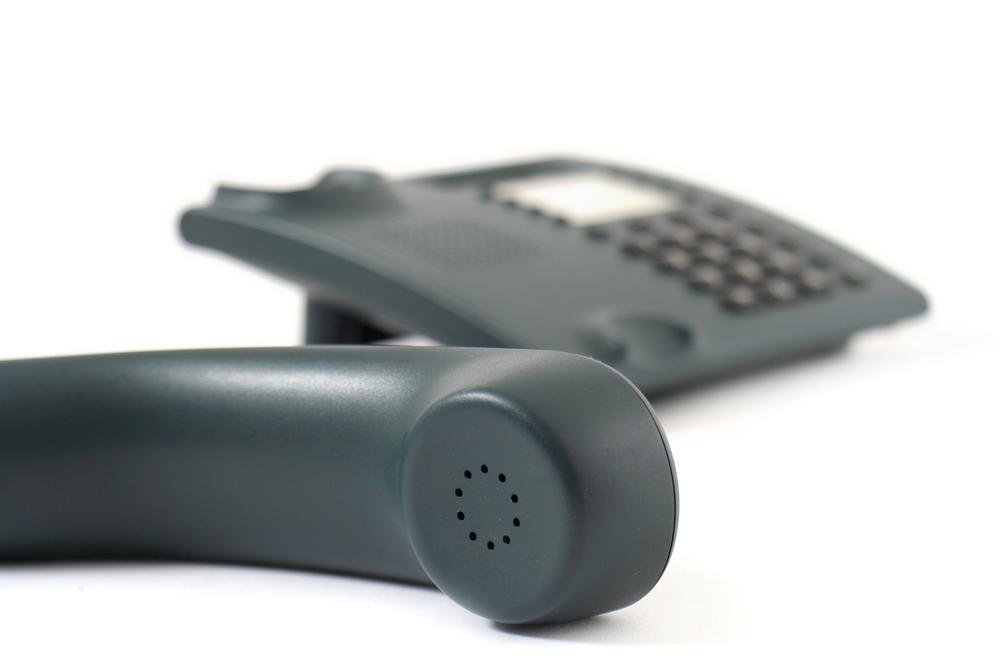
If you have decided to ditch your traditional landline to move to a Voice over Internet Protocol (VoIP) telephony or are switching service providers, you are likely concerned as to whether or not you can retain your business phone number.
Your phone number is part of your identity that represents your business, so it is vital that you can keep your phone number to avoid confusing or losing customers, clients, and employees. Porting your existing phone number also helps you avoid unnecessary expenses such as having to print new business cards, brochures, and other marketing materials that contain your existing telephone number. Fortunately, most VoIP services let customers easily port their current number for free or for a one-time setup fee as long as you remain in the same geographic area.
Here are some tips to help you make the number porting process quick and hassle-free:
It is important that you do not cancel your current phone service until your phone number has been successfully transferred to another carrier. Cancelling your service before the process is complete may result in losing your number, which you may no longer retrieve. The best thing to do is to inform your current service provider of your intent to terminate your service and transfer your number to another provider. But do not cut ties just yet, as you need to go to through the porting process. Also be wary of early termination fees and other related charges you might be obligated to pay per your current contract.
Once you have decided on a new provider, check with them immediately about the guidelines and requirements for number transfer. Usually, they will need a Letter of Authorization (LOA) from you. An LOA gives your new provider the permission to act on your behalf and request your number from your current provider. This document also requires you to fill out information such as company name, address, current service provider, business phone numbers, and other relevant information. Your new provider will also require a copy of your current phone bill. Bear in mind that number transfer delays may occur when the information you provide on your request doesn’t match the record your provider has, so be sure your information is as current and correct as possible.
After your request has been submitted, it will be moved to Awaiting Firm Order Commitment (FOC) status. This is the stage where you will learn if your request has been approved or rejected. Requests are typically denied due to problems or errors such as a mismatch in the information provided, the number is no longer in service, the rate center is not complete, etc. Note: the process requires a degree of patience as it may take a week or even month to complete. Number porting is not immediate, with the average porting period taking around 7 days.
Some businesses would rather not risk porting their numbers to a new provider because the process takes time, and they cannot afford to be disconnected even for a day. But the great thing is, with a VoIP service you do not have to be concerned about missing calls. Most VoIP providers give users a temporary virtual phone number. This means you can activate the call forwarding feature to direct all incoming calls from the number being ported (your existing phone number) to your temporary number. You can also make use of mobile VoIP apps to stay connected and conduct business as usual with almost no downtime.
For businesses (especially those that have been operating for a while), it is extremely vital that they retain critical contact information such as their phone number. Fortunately, these tips will help you breeze through the process of porting your existing phone number without a hitch. Of course, it also helps to partner with a VoIP business phone provider that has the experience in number porting.